If the B.C. government wants to reduce poverty, it should start by raising social and disability assistance rates to the poverty line.
That’s the top recommendation the BC Poverty Reduction Coalition made in its submission earlier this year to the government’s consultation on updating its poverty reduction plan.
“The current income assistance and disability rates are both still in what we would consider the deep poverty range, so not just below the poverty line but actually keeping people in deep poverty,” said Rowan Burdge, the coalition’s provincial director.
The coalition is made up of “over 80 organizations, stakeholders and people with lived experience of poverty” and advocates for using public policy and law reform to end poverty, homelessness and inequality.
In its 15-page submission to the provincial government, the coalition showed that despite increases the province has made since 2017 to assistance rates, including a bump to the shelter rate in this year’s budget, people and families receiving them in 2022 still remained far below the poverty line.
Assistance rates vary depending on the size of a household and whether the government considers the person able to work. A single person considered employable, for example, would have total income of $12,177 a year, which is less than half what they would need to get out of poverty. A single parent with a disability and one child would receive about $30,000 a year, leaving them nearly $10,000 short of escaping poverty.
“There is no way around the reality that social and disability assistance rates are abysmally low and have the effect of legislating deep poverty,” the coalition’s submission said. Even if people receiving assistance work and earn the maximum that they are allowed without having their benefits reduced, they would remain below the poverty line.
For the calculations the coalition used Statistics Canada’s Market Basket Measure thresholds, which both the provincial and the federal government use as the poverty line, and total income figures from the Maytree Foundation that include federal and provincial child benefits, the federal GST credit, provincial tax credits and other supplements that assistance recipients would receive.
As of August, according to the most recent caseload statistics available from the Ministry of Social Development and Poverty Reduction, nearly 237,000 people were dependent on income or disability benefits, about 4.7 per cent of the B.C. population.
“Our recommendation is the government raise [the rates] to at least the poverty line so that people have a shot at things like buying their essential foods, goods, the cost of housing,” Burdge said. “From our perspective it would be a very clear and simple intervention into addressing the issue of depth of poverty in the province.”
At the same time the government needs to address the cost of living, Burdge said, including by massively expanding the availability of affordable non-market housing. “People are really feeling the crunch right now of the cost of food and housing in particular, so that’s definitely something to highlight as an urgent priority in terms of poverty reduction in B.C.”
The low rates play a role in the rise of homelessness as well.
The 2023 homeless count for Greater Vancouver, released Oct. 5, found 4,821 people were experiencing homelessness, a 32 per cent increase from 2020.
The most common reason for losing housing, cited by 35 per cent of respondents, was not having enough income. More than half the people counted said their income came from income assistance, and another 30 per cent were receiving disability benefits.
B.C. introduced its first poverty reduction strategy five years ago and is in the process of updating it.
In the government’s fourth annual report on the strategy, released earlier this month, it said that in 2021 the overall poverty rate was 8.8 per cent and the child poverty rate was 7.9 per cent.
Both were higher than the Canadian averages but were better than the targets the province had set for itself.
Burdge said it’s good the government has a poverty reduction strategy that includes legislated goals and public reporting on them, but the goals need to be more ambitious and there’s concern the numbers in the most recent report don’t capture the time after pandemic benefits ended and the cost of living began rising quickly.
“I think we’re going to see the rates of poverty go up significantly in the next year or two, so pretty concerned about whether we’re taking enough of a proactive approach to prevent that from happening,” they said.
“It’s good to see some interventions from the B.C. government, but we definitely think more systemic and wide-scale approaches and interventions need to happen to prevent poverty from increasing over the next few years as we see the economy do some kind of wild things.”
Other measures the poverty reduction coalition highlighted in its submission included following the BC Basic Income Panel’s recommendations for transforming the income support system, adding social condition as grounds for protection under the B.C. Human Rights Code, prioritizing measures to reduce poverty of Indigenous people, removing fares from public transit and closing the gap between the minimum wage and the living wage.
The living wage, calculated based on what a family needs to meet its basic needs, is $24 an hour in Metro Vancouver and Victoria, both well above the current minimum wage of $16.75.
The public consultation period closed at the end of April.
The government was to report out on the engagement process by September, but as of publication of this story it had not yet made anything public.
Minister of Social Development and Poverty Reduction Sheila Malcolmson said the government is working on renewing the poverty reduction strategy and will table the updated version in the legislature in the spring.
The government knows vulnerable people are still hurting and there’s much more to do, she said. “The terribly increased cost of food and housing and the impact of global inflation have represented a real setback.” ![]()
Read more: Rights + Justice, BC Politics




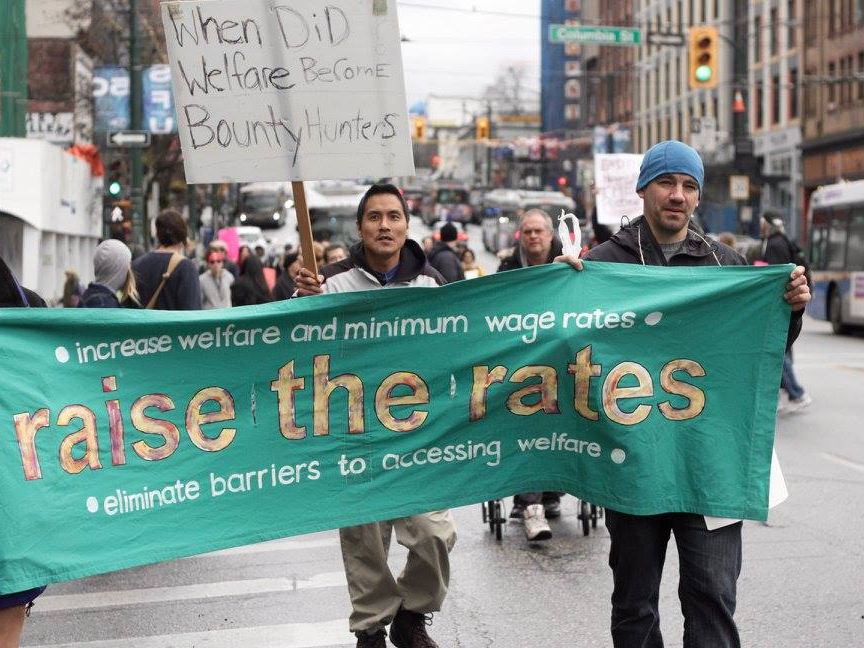
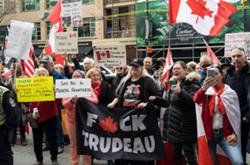



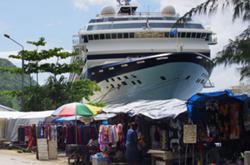
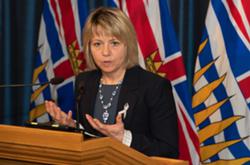
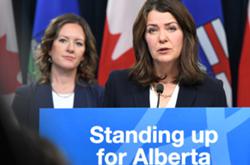

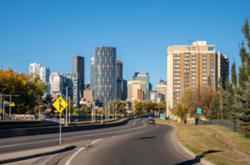



Tyee Commenting Guidelines
Comments that violate guidelines risk being deleted, and violations may result in a temporary or permanent user ban. Maintain the spirit of good conversation to stay in the discussion and be patient with moderators. Comments are reviewed regularly but not in real time.
Do:
Do not: